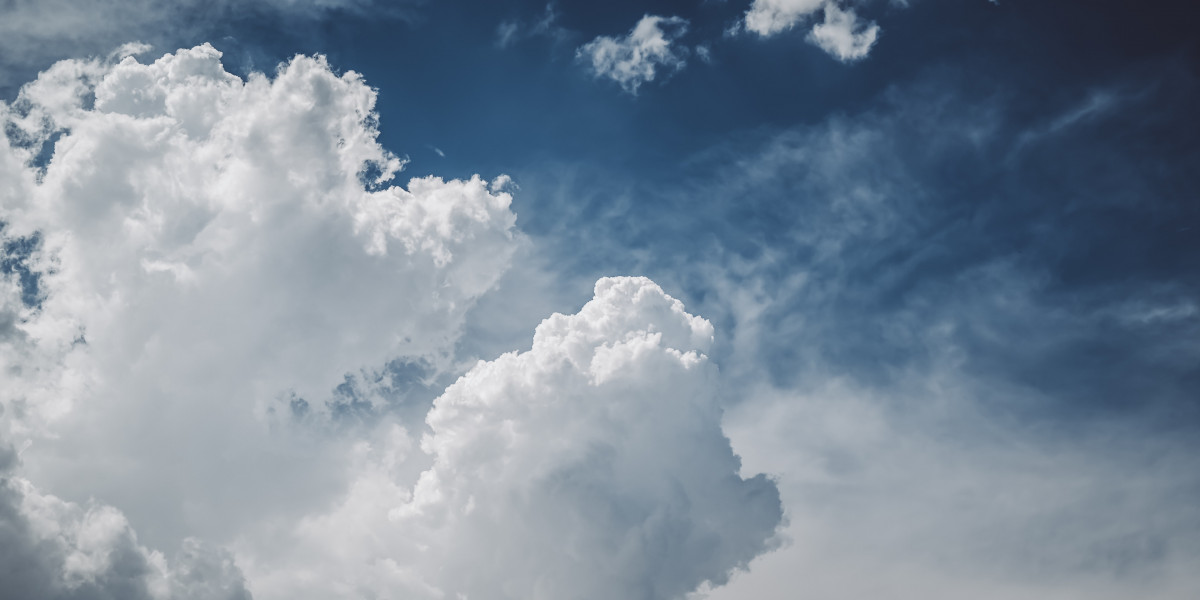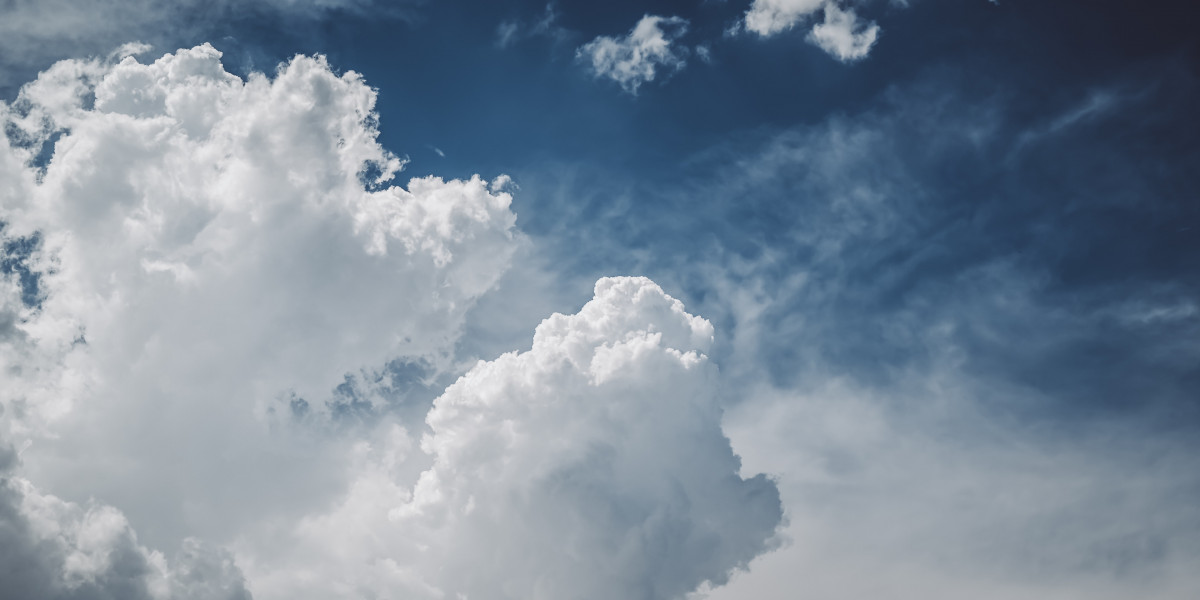Unlock Your Photography Potential: Discover the Magic of Tripods!
In the world of photography, stability is paramount. A clear, crisp image often hinges on how steady your camera remains during the shot. This is where tripods come into play, enabling photographers to capture stunning images by minimizing camera shake and providing the necessary support for their gear. Whether you're a landscape enthusiast looking to capture the perfect sunset or a portrait photographer aiming for that flawless shot, a tripod enhances your image quality remarkably. With a variety of tripods available—from robust standard models to portable compact ones—there's a perfect fit for every photography style. Understanding the different types of tripods and their specific uses will not only enhance your photography skills but also elevate your creative expression.

Understanding Tripods
A tripod is a three-legged support structure designed to stabilize a camera or other equipment during shooting. Typically made of lightweight materials like aluminum or carbon fiber, tripods consist of three main components: the legs, the head, and the mounting plate. The legs provide stability and can often be adjusted for height, while the head allows for tilting and panning movements, facilitating various shooting angles. The general purpose of a tripod is to keep the camera steady, preventing blurriness from hand movements and enabling longer exposure times without compromising image quality. This stability is particularly essential in low-light conditions or when using slower shutter speeds, making tripods indispensable tools for photographers.
Types of Tripods
When it comes to choosing a tripod, understanding the different types available is crucial. Each type is designed with specific features to cater to various photography needs. Standard tripods are versatile and can be used in numerous settings, making them a staple for many photographers. Compact tripods are lightweight and easily portable, ideal for travel photographers who need to save space without sacrificing stability. Flexible tripods, on the other hand, are designed to grip onto uneven surfaces, allowing for creative angles that standard tripods cannot achieve. Lastly, specialty tripods like mini tripods and monopods serve unique purposes, catering to niche photography needs. Each type offers its own advantages, making it important to select the right tripod based on your photography style and requirements.
Standard Tripods
Standard tripods are the workhorses of the photography world. They generally offer a significant height range, allowing photographers to shoot from various perspectives, whether standing or kneeling. Their sturdy construction ensures stability, making them suitable for various shooting situations—from landscapes to portraits. A friend of mine, an avid landscape photographer, swears by his standard tripod for its reliability and versatility, allowing him to capture breathtaking vistas without the worry of a shaky camera. The adaptability of standard tripods to different heads and accessories further enhances their usability, making them a favorite among professional photographers.
Compact Tripods
For those who are always on the go, compact tripods are a game-changer. Their lightweight design makes them easy to carry, fitting snugly into camera bags without adding much bulk. Compact tripods are perfect for travel photographers who may find themselves in remote locations, needing to set up quickly and efficiently. I remember a trip with friends to the mountains where one of them had a compact tripod. It allowed us to capture stunning sunrise shots without much hassle, proving that great photography doesn't have to come with cumbersome gear.
Flexible Tripods
Flexible tripods are uniquely designed to adapt to various surfaces, making them ideal for creative shooting angles. With legs that can bend and wrap around objects, these tripods can secure your camera on tree branches, railings, or uneven ground. This versatility allows photographers to explore new perspectives and compositions. A friend once used a flexible tripod during a hiking trip, managing to capture remarkable shots from angles that would have been impossible with a standard tripod, showcasing the creative possibilities these tripods offer.
Specialty Tripods
Specialty tripods, such as mini tripods and monopods, cater to specific photography needs. Mini tripods are great for compact cameras and smartphones, offering stability in a small package. They are perfect for tabletop photography or shots requiring minimal height. Monopods, on the other hand, provide support with just one leg, allowing for mobility while still reducing camera shake. These are particularly useful for sports photographers who need to quickly adjust their position while maintaining stability. Understanding these specialty tripods can greatly enhance your shooting experience depending on your situation.
Benefits of Using a Tripod
The benefits of using a tripod extend beyond mere stability. First and foremost, a tripod significantly reduces the chances of camera shake, which is especially critical in low-light environments or when utilizing longer exposure times. This stability allows photographers to experiment with different compositions and settings without the fear of blurriness. Additionally, tripods facilitate improved composition by giving photographers the freedom to adjust and fine-tune their framing without needing to hold the camera manually. This is particularly beneficial for long exposure photography, where extended shutter speeds are necessary to capture light trails or smooth water effects. Overall, the use of a tripod enhances image quality and opens up new creative possibilities, making it an essential tool for both amateur and professional photographers.
Elevate Your Photography with the Right Tripod
In conclusion, tripods play a vital role in enhancing photography by providing the stability and versatility needed for capturing stunning images. Understanding the various types of tripods—standard, compact, flexible, and specialty—will help you choose one that aligns with your photography style and needs. Whether you're an enthusiastic beginner or a seasoned professional, investing in the right tripod can unlock your creative potential and lead to breathtaking results. So go ahead, explore the world of tripods, and elevate your photography game!








